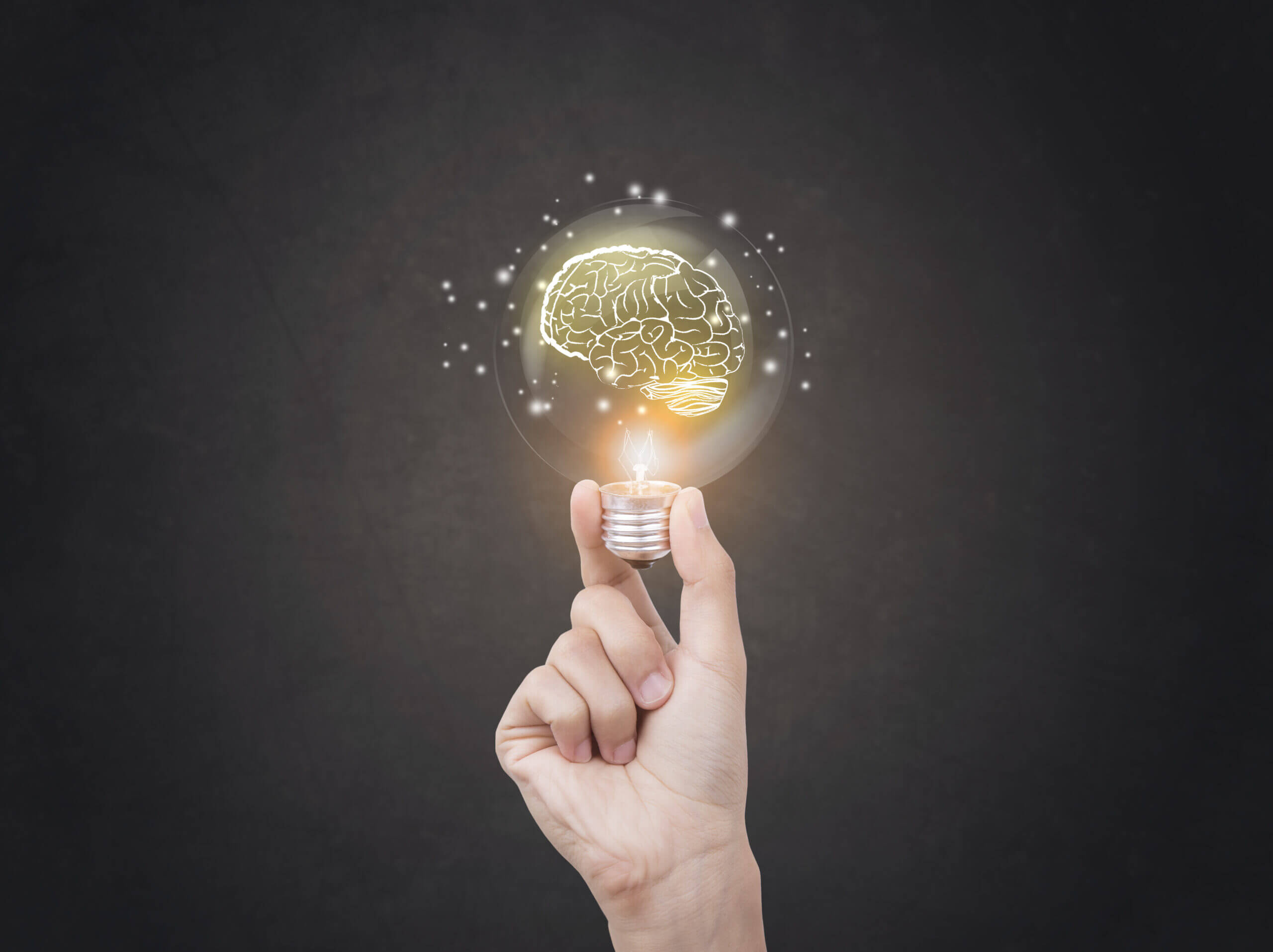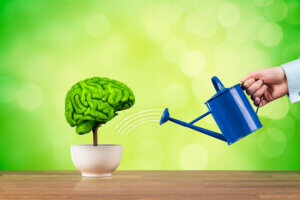We are far from knowing everything about the brain, and we have many years of research ahead of us. However, we already have some milestones regarding how the brain works and what is important to know. The brain is not disconnected from the reality of life; it develops within it and is always in a relationship of perception and response to reality. Many of the principles that underlie brain functioning are generally applicable to life, and they are also important for adopting a more accurate approach to dealing with the challenges we encounter.
- There is a difference between improvement and change.Improvement often boils down to a grade (going from 90 to 92) or a simple yes or no response, while difficulty may not completely disappear. On the other hand, change can be measured in various ways: How do we cope with difficulty? How does difficulty affect us? How long does it take us to recover when we fail? Are we more successful in one area and not in another? To examine change, we need to consider the different factors involved in the process that can lead to change. Additionally, change can also mean maintaining the current state over time.
- There is a difference between spontaneous and structured.All activities are valuable, but techniques, programs, and methods are not arbitrary. They allow us to move from one point to another using efficient tools tailored to the task at hand. Imagine the difference between picking up a bat and throwing balls in the air compared to learning to play tennis. Imagine the difference between describing a guitar in an attempt to compose or imitating a song we heard on the radio, compared to learning to play and practice with a musical ensemble for a performance. Of course, one does not cancel out the other, but structured action has a distinct advantage.
- There is a difference between passive and active.There is a significant difference between being exposed to information and using that information, meaning making it applicable. The process of integration is multifaceted – we investigate the information, experience it, and remember it because it has a broad connection to daily reality, and through the use of information, we adapt it to ourselves and develop it in a new and personal direction. When we consciously perform exercises and rely on the strategies we acquired, we are already taking a first step towards developing the ability to solve problems in different situations.
- There is a difference between checkpoints along the way and the outcome.When we focus on performance improvement, there are several stages, and there is a result. When we try to analyze where the difficulty lies, we break down the action into the stages it requires, meaning a sequence of small actions, to understand the source of the difficulty. It is important to recognize success in the stages along the way and the continuity of the process. The outcome is the peak, while the process is the mountain. Every significant change starts with a 1% chance.
These guidelines provide a framework for understanding how the brain works and how we can approach cognitive training. By applying these principles, we can optimize our learning and problem-solving abilities.
- There is a difference between an action arising from a problem and an action aimed at achieving a goal. It is good that we are aware of our difficulties and that we want to solve the situation, but the problem is not the goal, and it is important to understand that. The goal requires us to define, within the context we are operating in, what our aspiration is. It is important to know that we do not always know in advance what will work. We set out on a path with a specific plan, and it may be necessary to adjust it while in motion. “It’s hard for me to remember” becomes “I will cope better with memory difficulties,” to “I will organize my things to make it easier for me to remember where they are.”
- There is a difference between wanting something, believing it is possible, and expecting it to happen. The best way to understand the differences between desire, belief, and expectation is to think of moving between the future and the past, between something that has not yet happened and something that has already happened. It is important to define what we want (for example, to be more focused), that we believe it is possible (concentration can be strengthened), and that we expect it to happen (my focus will improve). When we start practicing continuously, we can see it happening.
- There is a difference between the verb “to swim” and the action of swimming. What does that mean? It means that there is a difference between remembering information and remembering the experience in which the information was learned or an event occurred. Remembering is full of senses, movement, and emotion. The more something is rich, meaning it has sound, image, smell, and emotion, the more it is imprinted in us. The memory door is through imagination, meaning, imagining yourself for a moment in the place and time when it happened, and allowing yourself a moment to connect to the experience. Many times, the memory awakens on its own, and suddenly we have access to something that seemed lost.
- There is a difference between an exercise and a challenge. The meaning of practicing is repeating an action again and again to acquire a skill, while a challenge is associated with effort, often due to innovation. There is always tension between the need for repetition and the need for innovation. Anything new becomes familiar after enough repetitions. The combination of both, between the familiar and the unfamiliar, is the winning combination. Our responsibility as a brain training company is to ensure that you repeat things and each time we challenge you just a little to push it forward.
- There is a difference between specific and general. The brain is both specific and general, and it moves from specific to general at any given moment according to the need. It may be that in general, training leads to more sharpness, flow, sequence, and flexibility, but there will not be a significant change in a very specific difficulty you are starting with. It is important to know the two dimensions of action and that it varies according to the needs of each individual. For example, to conduct a fluent conversation, we need to listen well, retrieve words, and think clearly, but all of this cannot happen if we are not focused and if we work slowly. Therefore, general abilities, such as concentration and processing speed, have a significant impact on many specific processes.



